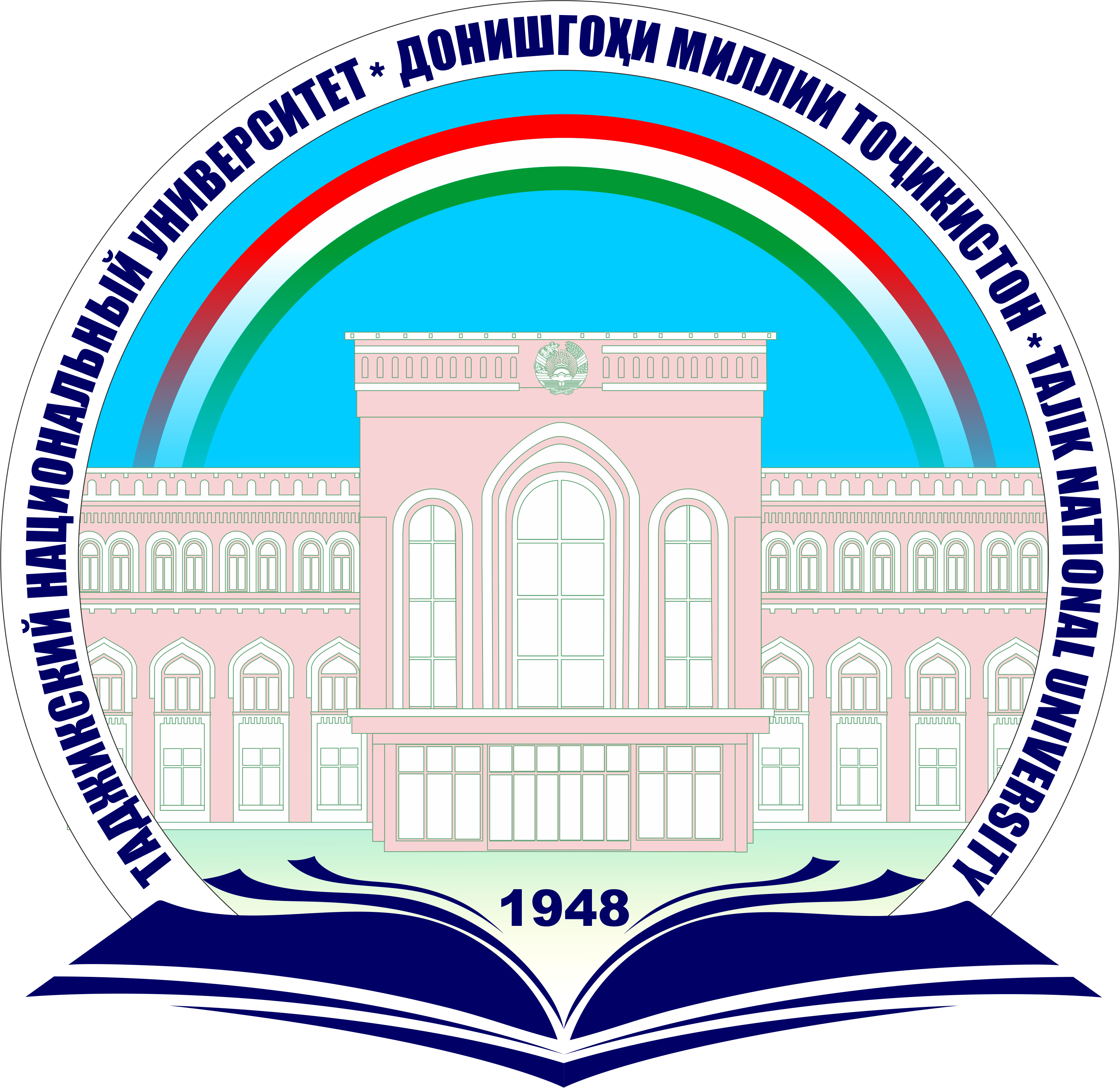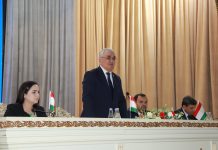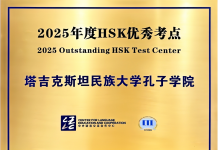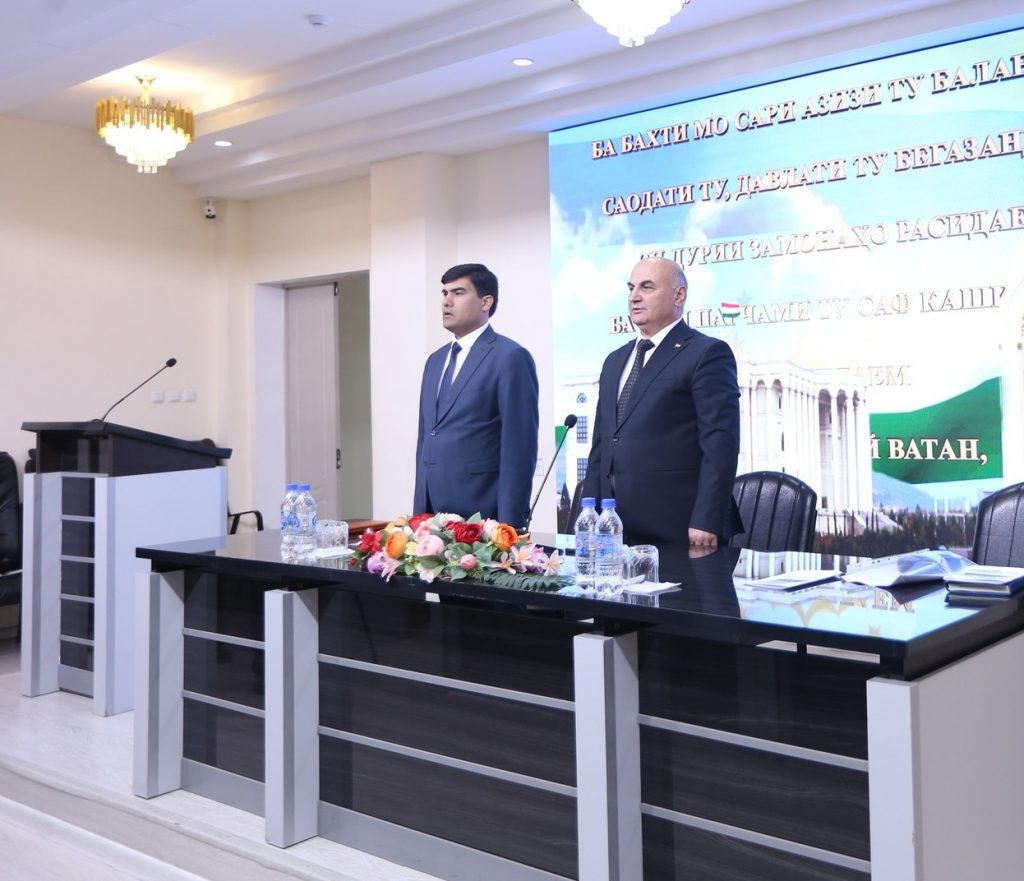
On June 12, 2025, a scientific conference was held at Tajik National University (TNU), dedicated to the launch of the International Decade of Action on Cryospheric Sciences (2025–2034). The event was held under the theme: “The Republic of Tajikistan’s International Initiatives on Climate Change and Environmental Sustainability.” Faculty members, researchers, and students of TNU took part in the conference.
The conference was organized as a continuation of the initiatives announced by the President of the Republic of Tajikistan, Emomali Rahmon, at a high-level international forum held on May 8–9 in Nice, France. In his speech, the Head of State emphasized Tajikistan’s crucial role in protecting the environment and water resources, including glaciers.
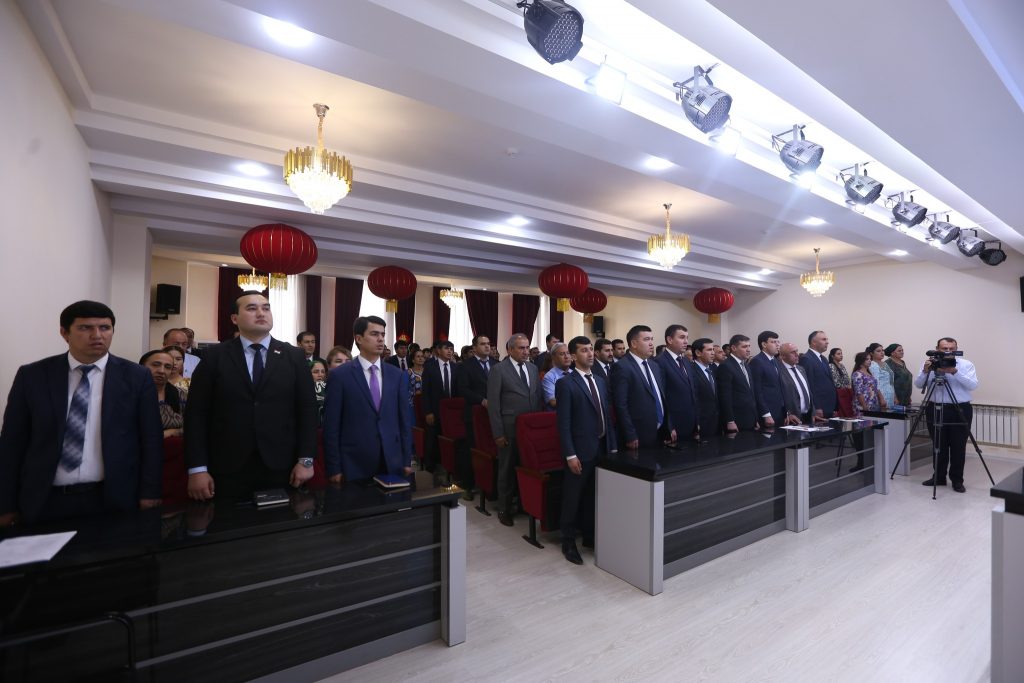
The event was opened by Professor S.M. Safarmamadzoda, Vice-Rector for Science and Innovation at TNU, who noted that this conference represents an important contribution to international efforts to preserve the cryosphere — the Earth’s frozen layer, which plays a key role in regulating the planet’s climate.
Scientific presentations followed, delivered by Firdaus Davlatzoda, Associate Professor and Head of the Department of Hydrogeology and Engineering Geology, and Kamoliddin Malikov, Associate Professor in the Department of International Relations.
It was highlighted that up to 60% of Central Asia’s glaciers are located within Tajikistan, making the country not only a steward of this natural treasure but also a responsible actor in the global climate agenda.
Participants discussed the threats posed by accelerated glacier melt and its potential consequences for ecosystems, regional economies, and access to drinking water. Special attention was given to President Rahmon’s proposal to declare an International Year of Glacier Protection, as well as to establish a Regional Coordination Center for Cryospheric Sciences in Dushanbe.
The conference concluded with a call for greater involvement of young scientists in research, the expansion of international collaboration, and the promotion of environmental awareness among the population. It was noted that such events will continue in cooperation with relevant institutions and scientific organizations.

